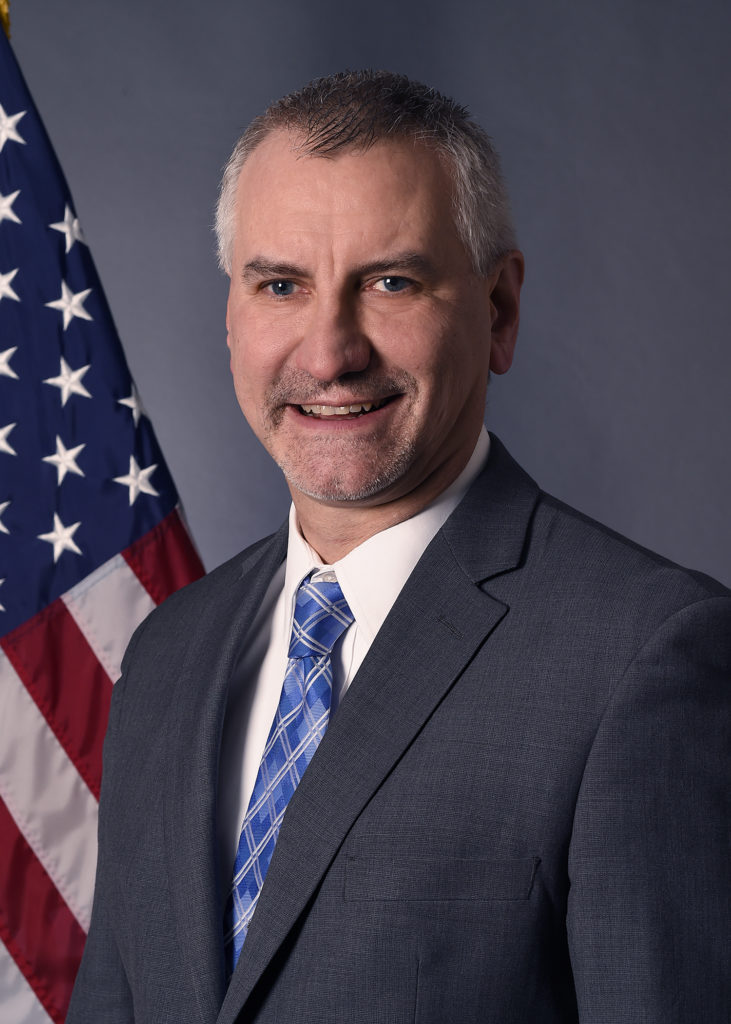Nanocomputing, Neuromorphic Computing and Quantum Information Science Technologies at the AFRL Information Directorate
August 26 (Thursday), 2021
11:30 am to 12:30 pm (EDT)
Virtual via Zoom
Abstract: The Air Force Research Laboratory (AFRL) Information Directorate is actively pursuing the development of computational capabilities with greater sophistication, autonomy, and intelligence, to support Command and Control, Communications, Computers, and Intelligence (C4I) applications on size, weight, and power (SWaP) constrained US Air Force and Space Force platforms. This talk will focus on nanocomputing, neuromorphic computing and quantum information science technologies in support of these applications and SWaP requirements. Non-Von Neumann based designs for computing architectures implemented using innovative nano-dimensional devices and circuits will be discussed as well as highlighting the recent work on memristive devices. The focus of neuromorphic computing is on brain-inspired intelligent computing for deploying artificial intelligence and machine learning capabilities. Quantum networks will provide new capabilities in the security of information as well as linking quantum sensors and distributed quantum computing systems. Research performed at AFRL in integrated photonics, superconductors and ion traps in support of a quantum network will also be discussed. The last section will present our work in the development of quantum algorithms using commercially available noisy intermediate-scale quantum (NISQ) systems.

Biography: Dr. Michael J. Hayduk is the Deputy Director, Information Directorate, Air Force Research Laboratory, Rome, New York. The directorate’s mission is to lead the development and integration of Air Force warfighting information technologies for Command, Control, Communications, Computers, Intelligence, and Cyber. Dr. Hayduk plays a key role in overseeing an annual budget of over $1.6 billion, leading the activities of over 1,200 employees.
Upon completion of his graduate studies, he served as a research engineer where he developed ultrafast solid state pulsed lasers for optical communication systems. He became the acting Chief for the Electro-Optic Components Branch in which he led the development of components and subsystems for advanced radio frequency and electro-optic AF sensor systems. He then became the Chief of the Emerging Computing Technology branch leading fundamental and exploratory research and development in nanocomputing, quantum computing and optical computing for advanced computing architectures.
From 2011 to 2019, while in the role of Chief of the Computing and Communications Division, he led the discovery, development and integration of affordable computing, networking and communications technologies.
With over 50 journal and conference papers published and one US patent, Dr. Hayduk is responsible for coordinating the entire Quantum Information Science research portfolio for AFRL.
